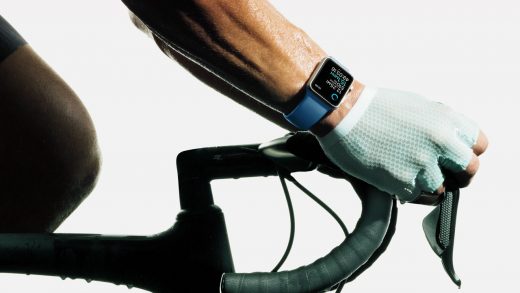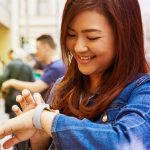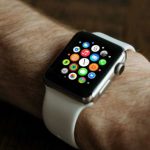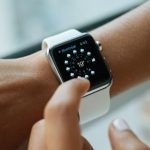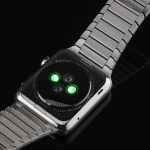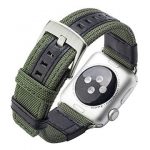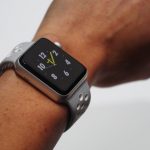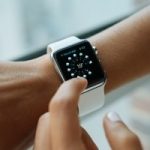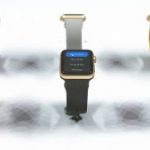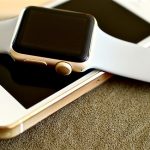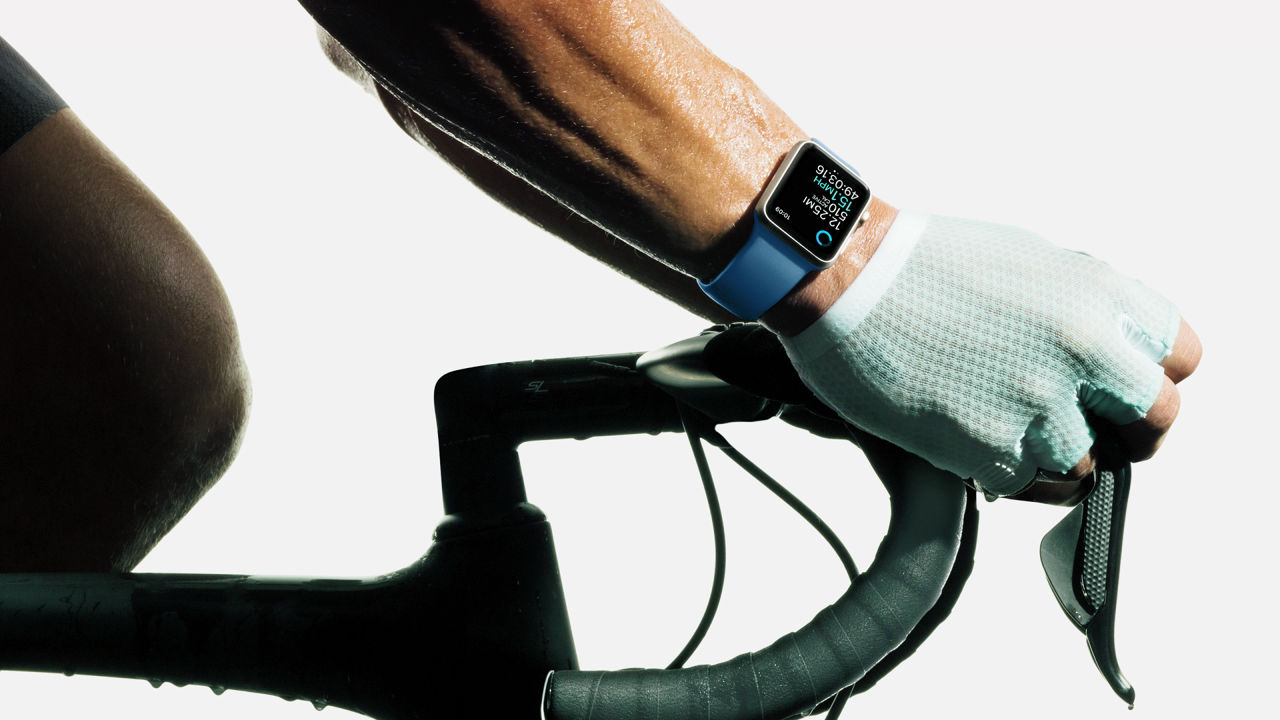The Apple Watch Is Getting More Useful By Making You Use It Less
Before Apple revealed its first wearable device, some observers wondered if it would even have a screen.
Analyst Tim Bajarin, for instance, speculated that the device would be more like Disney World’s MagicBands, packed with sensors to measure fitness, make payments, and trigger home automation. Business Insider‘s Steve Kovach wagered that Apple’s smartwatch would be much simpler and more fitness-focused than existing Android Wear watches. Developer and writer Craig Hockenberry wondered if Apple’s first wearable device might actually be a smart ring.
The eventual product proved them wrong, as the first-generation Apple Watch tried to handle all kinds of apps and communication features that were better suited for a smartphone. But with the launch of Apple Watch Series 2 and WatchOS 3, those early predictions don’t seem entirely off base. Apple is now approaching wearables from a different direction than it did at first, emphasizing smarter sensors and limited interactions with the screen. The idea is that you’ll get more out of the Watch even if you’re spending less time actively using it.
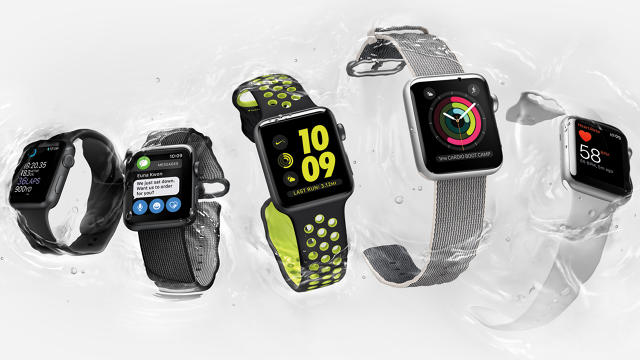
More Info, Less Action
Although Apple originally touted the Watch’s full-blown apps and communication features, it turns out users weren’t that interested. Bajarin says his surveys found that 60% of Apple Watch owners cited fitness tracking—something that requires little or no screen time—as their main reason for purchase. When users do interact with apps, they mainly do so through notifications and quick glances.
“I think [Apple] probably overestimated the impact of apps on the Watch because of the small screen, and over time have emphasized the role of the sensors and the health benefits,” Bajarin says.
As such, Apple has been de-emphasizing complex interactions with WatchOS 3, which debuted this month. Time Travel, a WatchOS 2 feature that lets you scroll the Digital Crown back and forth to see past and future events on the home screen, is now disabled by default, and requires the companion iPhone app to reactivate. The Watch’s side button no longer leads to a contact list, but rather a dock for glancing at a handful of favorite apps. The existing Glances menu has been replaced by a set of quick settings toggles when you swipe upward.
Apple also seems to be nudging developers away from the kind of deep interaction that you’d expect from a smartphone app. The upcoming Pokémon Go app is the perfect example: The app will alert users to nearby Pokémon and can display pertinent data such as experience points and distance to hatch eggs, but you’ll still need a smartphone to catch the actual creatures. The app exists primarily to collect and display data, not to take action.
One might even argue that the Digital Crown, which Apple initially touted as a defining Watch feature, is on its way out. Many apps only use the button as a substitute for swiping, rather than a controller for on-screen dials and knobs. Even Apple’s new app dock doesn’t need the Digital Crown, since you can quickly scroll by swiping along the bottom of the screen. Overall, the Digital Crown will become less useful as watch interaction decreases, and it’s not hard to imagine it disappearing in future Apple Watches to make room for thinner designs.
That’s not to say the Apple Watch doesn’t need a screen, but its primary purpose has shifted from getting things done to staying informed.

The Apple Connection
Of course, it’s tough to market a smartwatch on the notion that it does less than it did before, albeit more efficiently. So with the Apple Watch Series 2, the company is emphasizing fitness features such as a waterproof design (for swimming) and built-in GPS (for tracking exercise routes without a smartphone). Much like notifications and glances, fitness tracking is a passive use that doesn’t require constant interaction with a screen.
But basic fitness tracking is likely just the beginning of Apple’s efforts to bring smart sensors and data collection to the Apple Watch. Angela McIntyre, a wearables analyst with Gartner, says that Apple could make its wearable a more integral part of new health initiatives like ResearchKit and CareKit, which allow doctors to collect vital data about their patients. Some experiments on this front are already underway with health providers, including Ochsner Health System in Louisiana.
“It’s a wider initiative, and certainly the Watch can be complimentary to that,” McIntyre says.
In the future, the Apple Watch’s ability to sense what’s around it could come into play in other areas, like HomeKit, Apple’s burgeoning smart-home framework. While you can already use the Apple’s Watch’s Home app or Siri to trigger certain smart-home scenarios, Bajarin imagines removing that step in the future through proximity sensors.
“I would love to have the Watch be the center of the action that automates a lot of functions when I walk in the door,” he says.
Beyond simple proximity sensing, the Apple Watch could also help prove your identity, serving as the keys to your car, or as an NFC-enabled boarding pass that doesn’t require scanning barcodes. Bajarin notes that this would be a much larger undertaking, requiring car doors and ticket counters to support NFC or other proximity-sensing radios. But it would bring the Apple Watch closer to the MagicBand-like concept he once had in mind. WatchOS 3 already takes a step in that direction by allowing you to log into your Mac without a password when the Watch is nearby.
If the fitness angle is any indication, Apple has realized that the Watch’s biggest selling point isn’t that it’s another screen to poke at. Instead, the sensors inside will help feed all kinds of ambitious new Apple services, from HealthKit and ResearchKit to HomeKit and Apple Pay—the kind that are defining Tim Cook’s Apple. Once those services are in place, perhaps the notion of a screenless Apple wearable won’t seem so implausible.
Fast Company , Read Full Story
(24)

